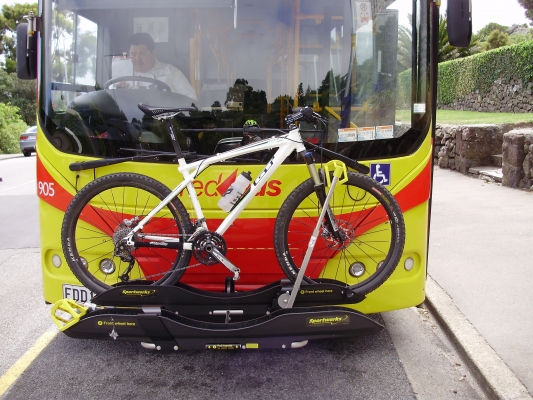The video begins at 1:18.
View slides
Summary: Dr. Lovell will talk about three projects funded by NASA and the FAA, addressing congestion in the National Airspace System. Dr. Lovell's team developed diffusion-based queuing models of individual airports that could support better building blocks for network-wide congestion models. The advantage of the new models is their flexibility with respect to input distributions. In a study for the FAA, Dr. Lovell's team developed day-of-operations collaboration "languages" suitable for the FAA and individual carriers in order to collectively manage expected airspace disruptions. Finally, he will discuss a study on predictability in the airspace, with a focus on scheduled block times.
Dr. Lovell is an Associate Professor with joint appointments in the Department of Civil and Environmental Engineering and the Institute for Systems Research. He is a member of the faculty of the Applied Mathematics, Statistics, and Scientific Computation Program. He is director of the University of Maryland chapter of Engineers Without Borders - USA, and serves that organization on its board and as a leader of one of its Technical Advisory Councils. Dr. Lovell received his B.A. in Mathematics from Portland State University in 1990, and M.S. and Ph.D....
Read more

